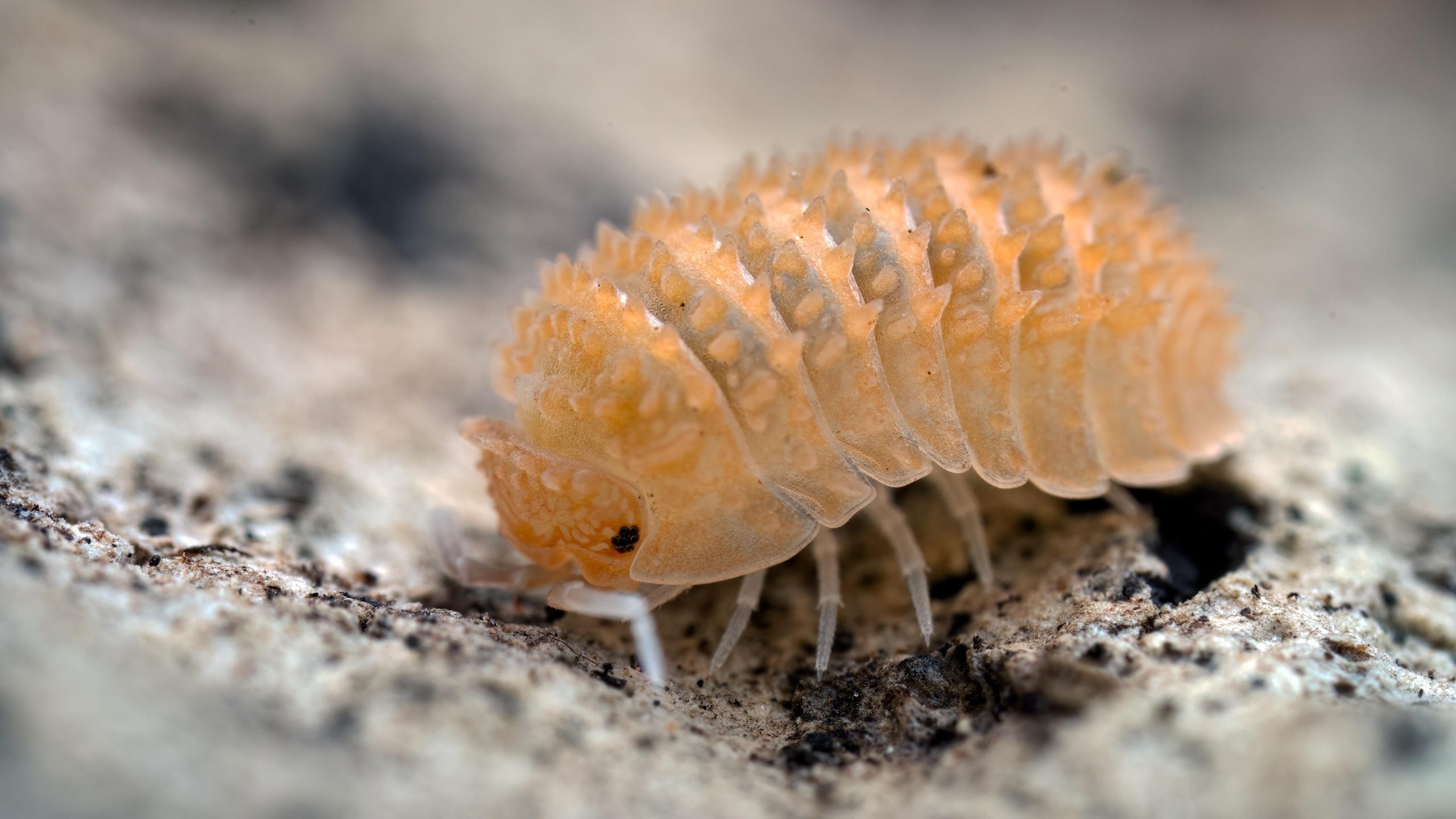The Surprising Benefits of Keeping Isopods as Pets
From forest floor to modern terrarium centerpieces, small terrestrial crustaceans like pineapple isopods have enchanted keepers with vivid colors and hardworking behavior. Beyond their odd beauty, isopods give owners surprising benefits: they streamline reptile care, educate young people about real-world ecology, and even encourage mindfulness for stressed-out adults. These arthropods recycle garbage and demand significantly less maintenance than most exotic animals since they occupy the detritivore niche. The following explains why both first-time hobbyists and seasoned herpetologists are looking to isopods for a vibrant but useful companion species.
Daily Care Without Stress
Isopods need just steady humidity, leaf litter, and occasional protein snacks; they flourish on benign neglect. There are no pricey veterinarian visits, 5 a.m. walks, or noisy barking. For years most species find a shoebox-sized bin with breathing vents and a moisture gradient to be sufficient. Routine maintenance calls for sprinkling half of the substrate, dropping a slice of vegetable or fish food, and changing rotting leaves every few weeks. Escape risk is low since they cannot climb smooth plastic, and their small size almost completely eliminates household irritants and smells.

Natural Clean-Up Team
For isopods, detritus that would rapidly dirty a reptile or amphibian tank becomes gourmet food. Shed skin, uneaten feeder insects, rotten fruit, and fallen leaves they break down into nutrient-dense frass for use on bioactive plants. While preserving steady microbe counts, this closed-loop sanitation technology lowers the frequency of complete substrate replacements, so saving time and money. Benefits that traditional spot-cleaning just cannot equal are cleaner habitats translating into healthier herps, less bad smells, and reduced ammonia surges.
Practical Learning Tool for Hands-On Education
Classrooms and home-school environments welcome isopod colonies as interactive biology teaching tool. Through personal observation of molting cycles, population genetics, and decomposer roles, students transform abstract textbook ideas into dynamic, observable events. Simple tests—such as providing several food sources or mapping humidity preferences—teach scientific process principles from hypothesis to data collecting. Children handle isopods boldly, developing empathy for invertebrates sometimes written off as “bugs,” since they provide no bite risk and rarely set off allergies.
Observation Ritual in Soothingness
A modest show worthy of any zen aquarium is produced by gliding antennae, rhythmic digging, and group feeding events. Many fans set a terrarium next to a workstation and stop between emails to see small adventurers negotiating cork-bark caverns. Slow, deliberate motions and the subtle scritch of leaf litter help with conscious breathing and lessen screen fatigue. Evening spotlights highlight vibrant colors and show how each person seeks cover for the night, providing a meditative practice that fits rather nicely into contemporary, space-limited houses. Deepening this daily connection eventually increases respect of the quieter engineers found in nature, including fascinating anomalies like pineapple isopods.








